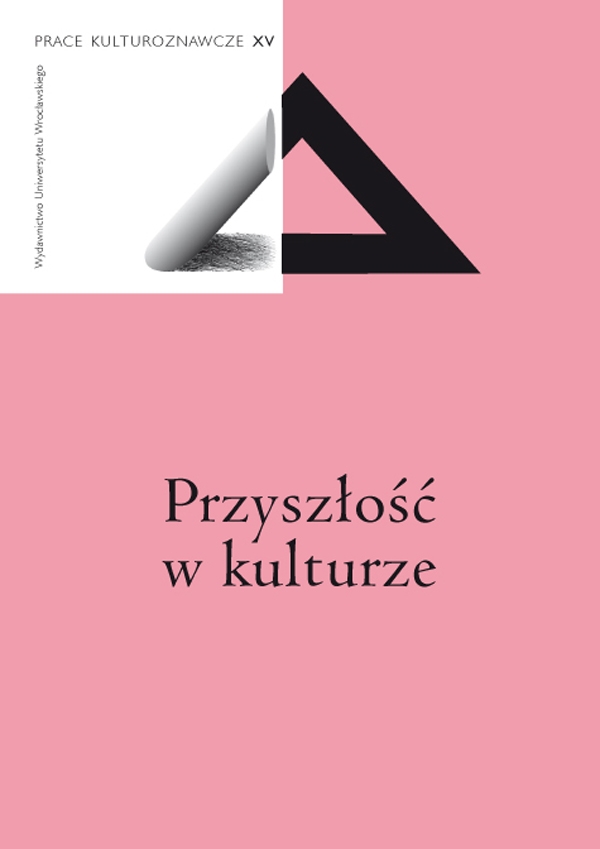

Strony redakcyjne

Ukrainian culture in a post-totalitarian society
The article raises the question of the identity of the national Ukrainian culture within the context of European processes in the second half of the 20th century. Throughout the 20th century, Ukrainian culture went through a very difficult and tragic but equally important stage in its evolution. Active development of art in the first third of the 20th century, followed by the conformism, stagnation, and totalitarianism of the 1930s–40s, Khrushchev’s Thaw of the 1950s, the neo-avant-garde movement and the “new folklore wave” of the 1960s–70s, and, finally, the artistic post-modernism from the 1980s till the present shaped the face of modern Ukrainian art that, surprisingly, in many ways mirrored the artistic processes unfolding in Europe at the time. The pluralistic mindset of the aesthetics of post-modernism gives us a reason to view the dominant creative method of socialist realism as one of the stylistic masks of post-modernism. Meanwhile, the mild nature of Ukrainian art seen against the backdrop of 20th century cultural processes and the type of social mindset in the light of post-modernist processes give us ample reason to supplement the existing varieties of post-modernism with yet another — “Slavic post-modernism” — the traits of which can be found in Ukrainian as well as, for example, Polish or Russian cultures.